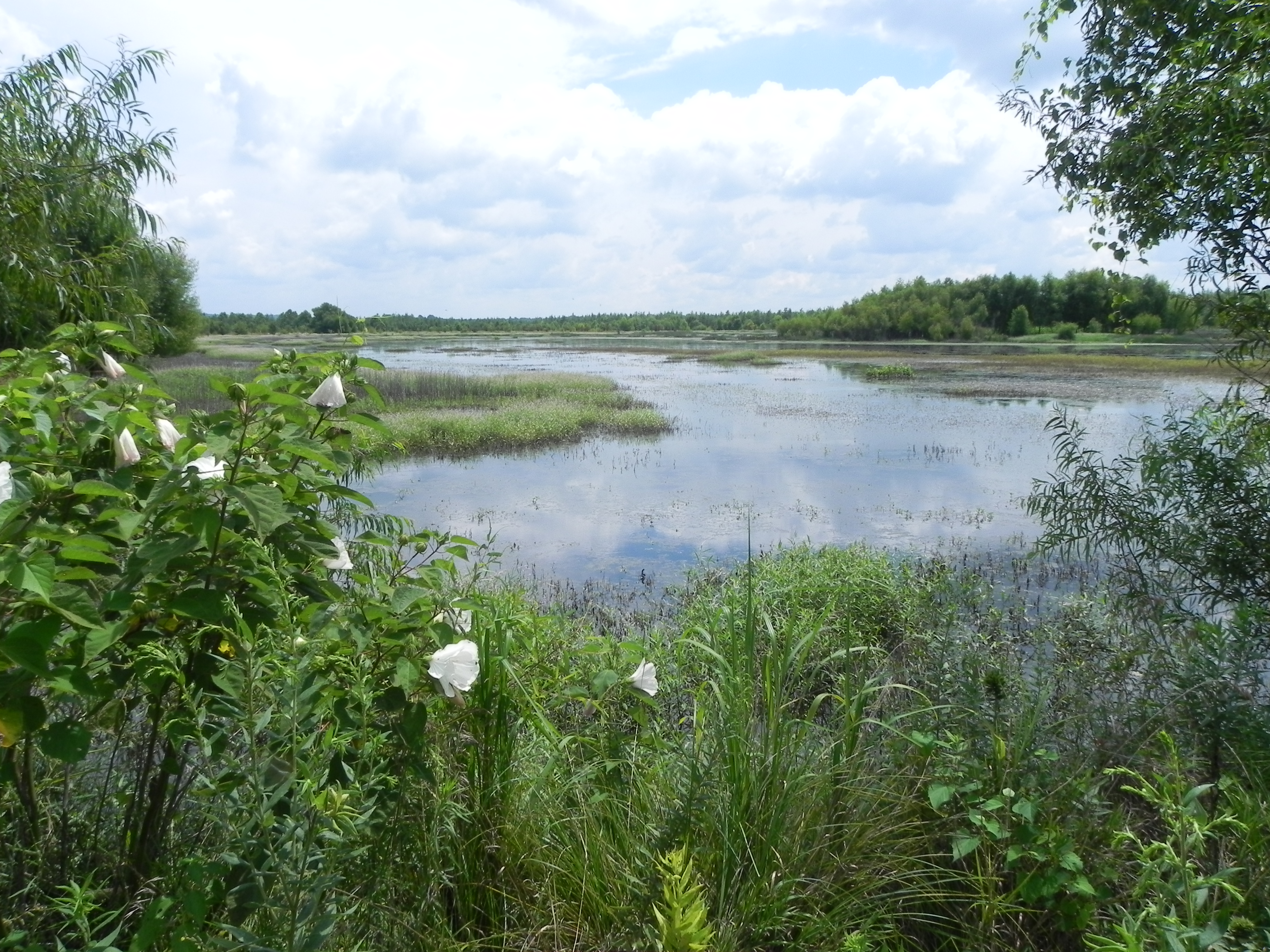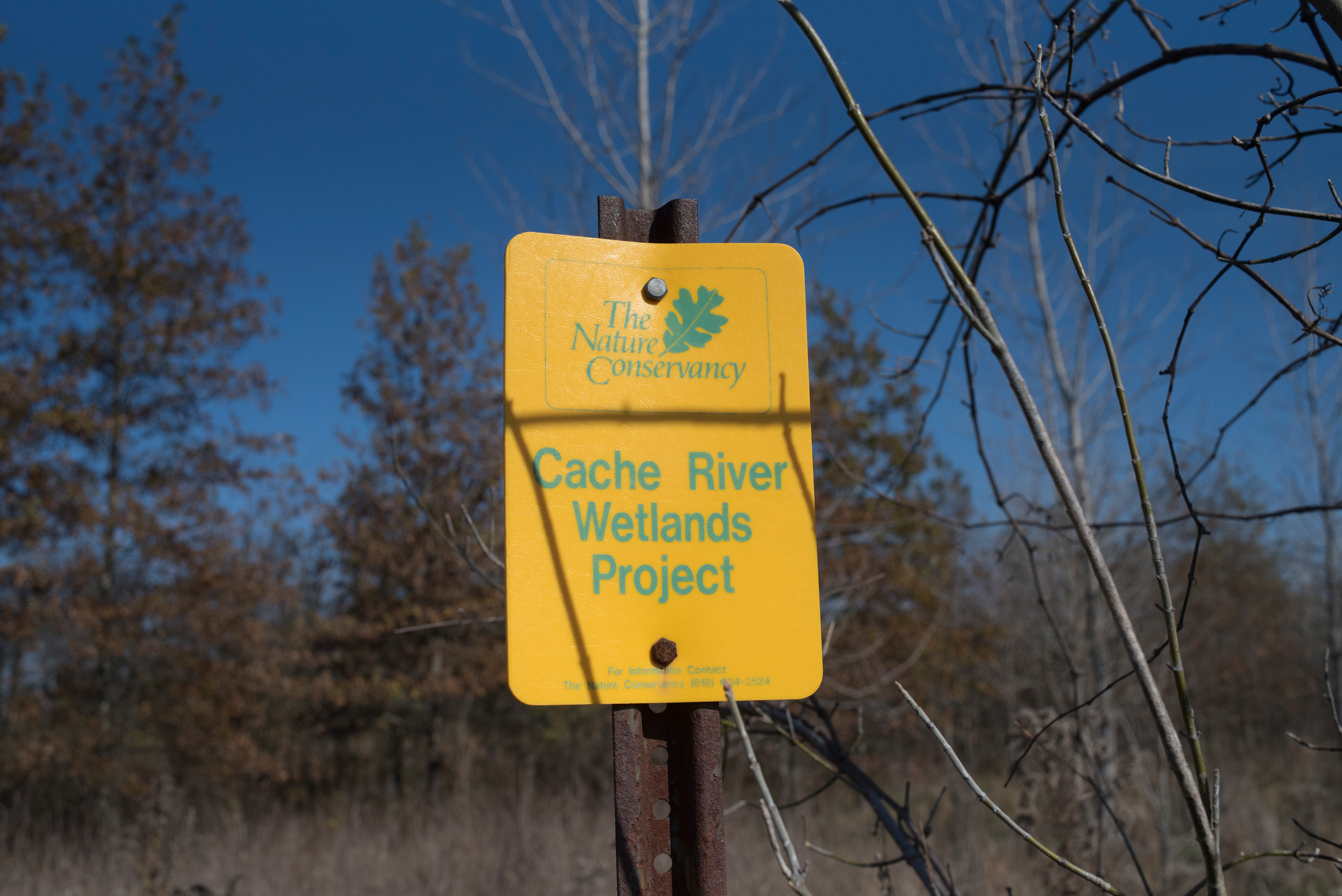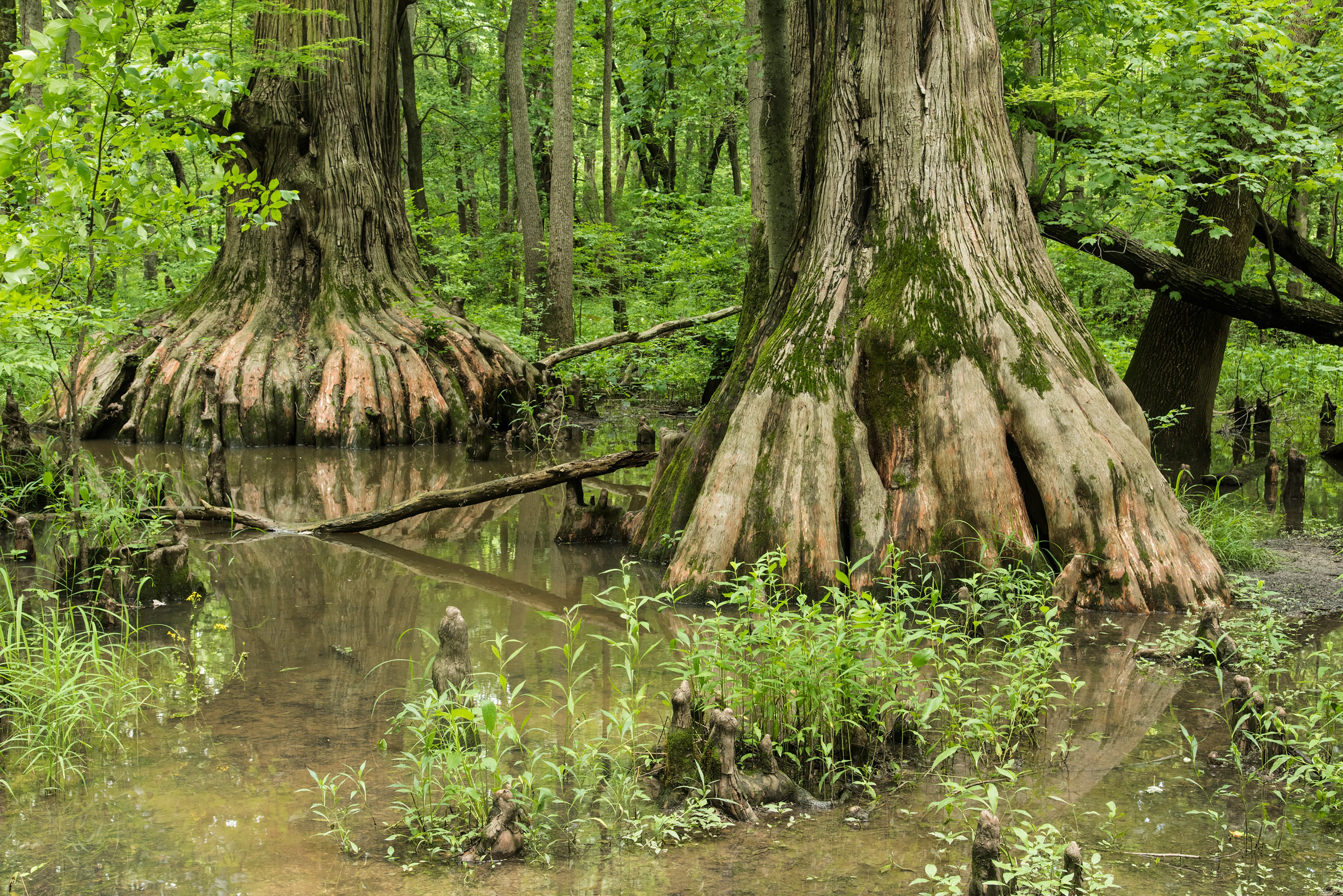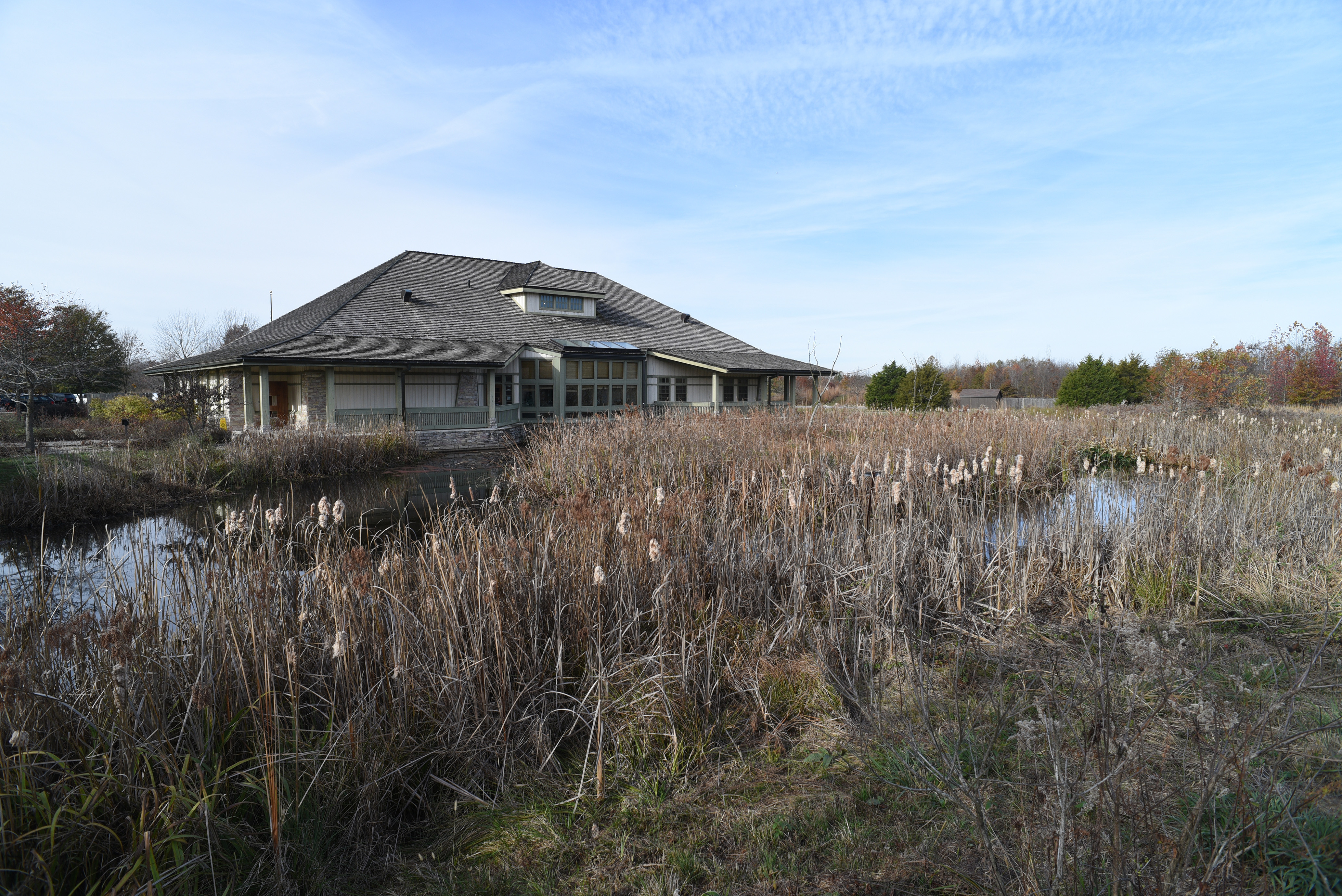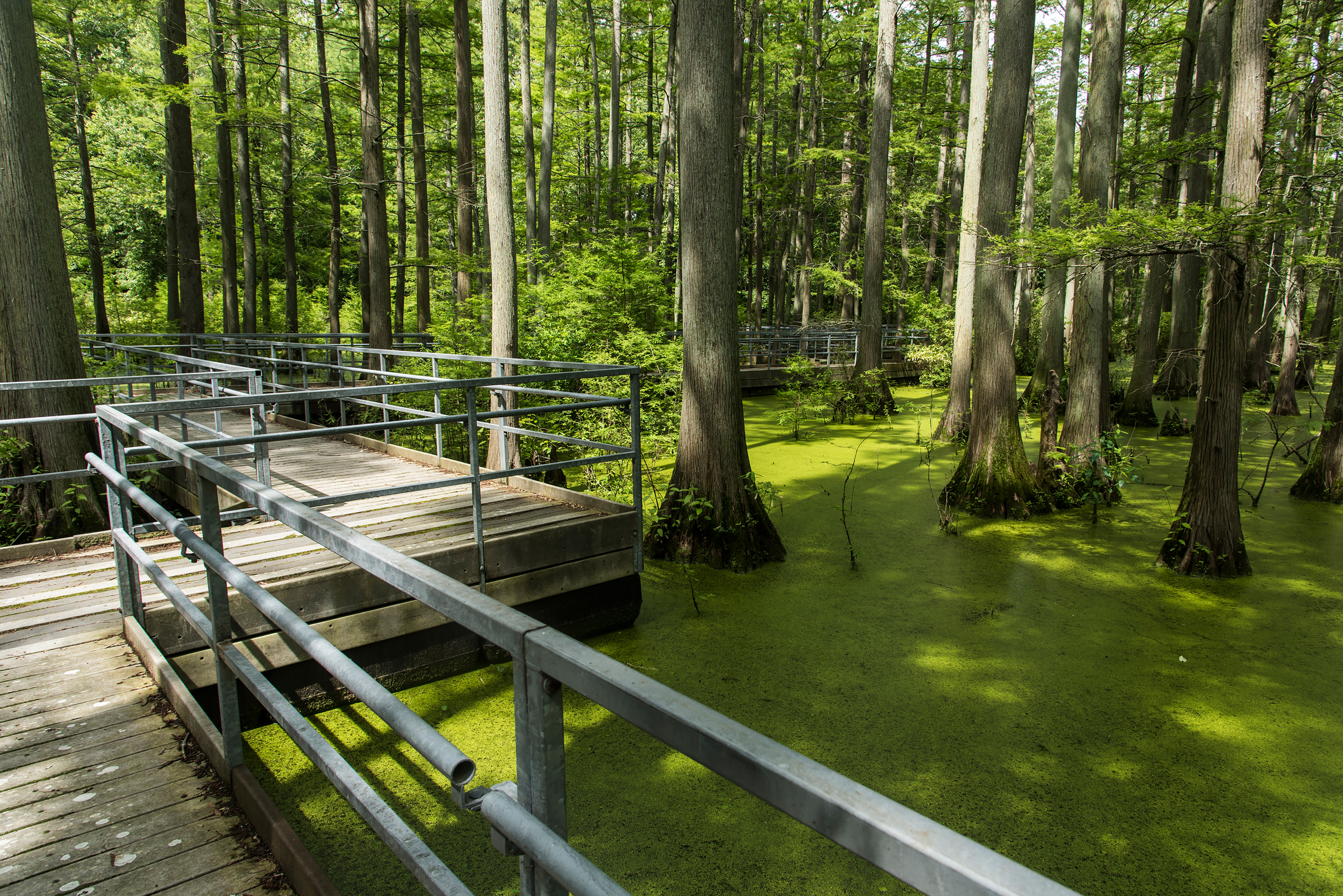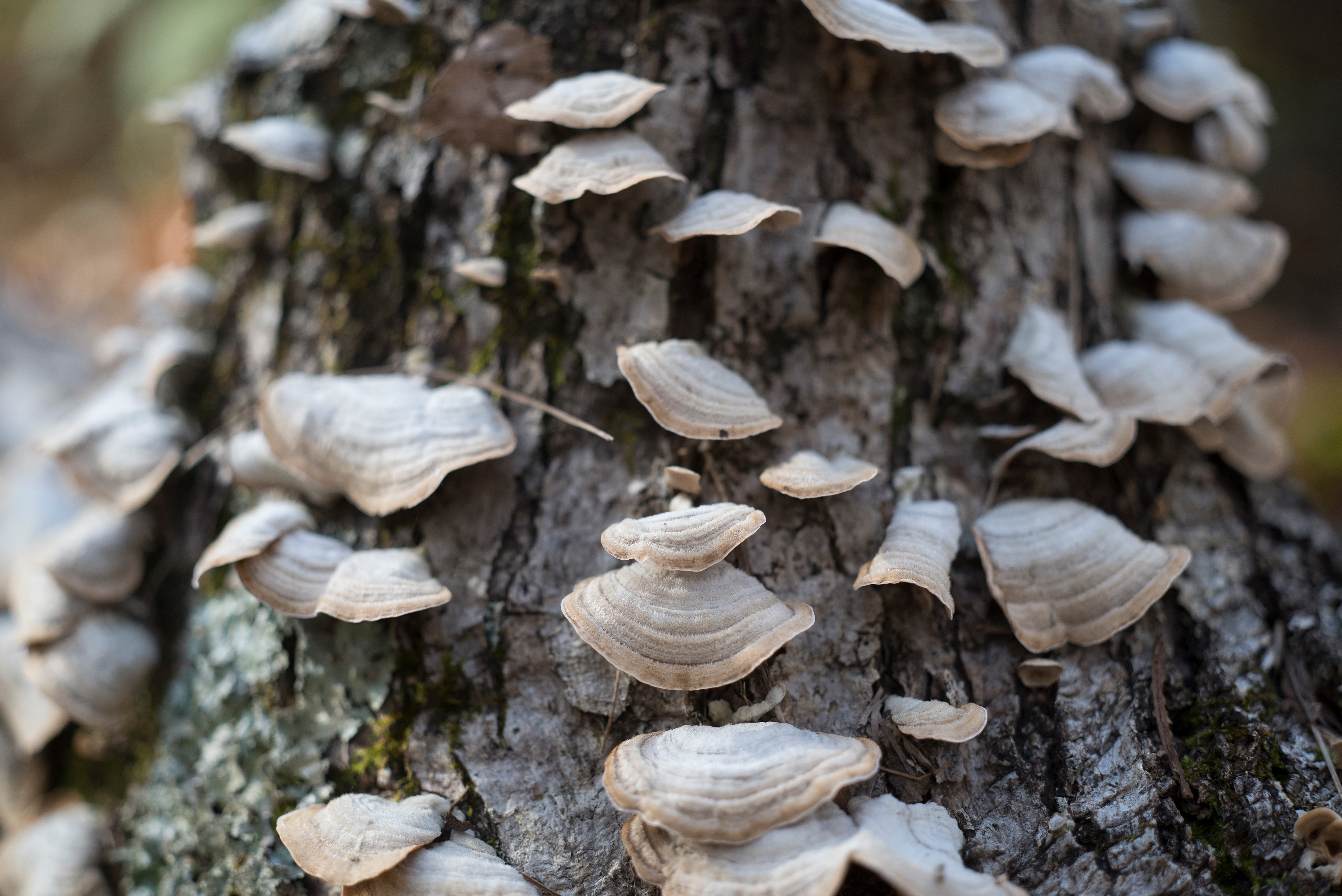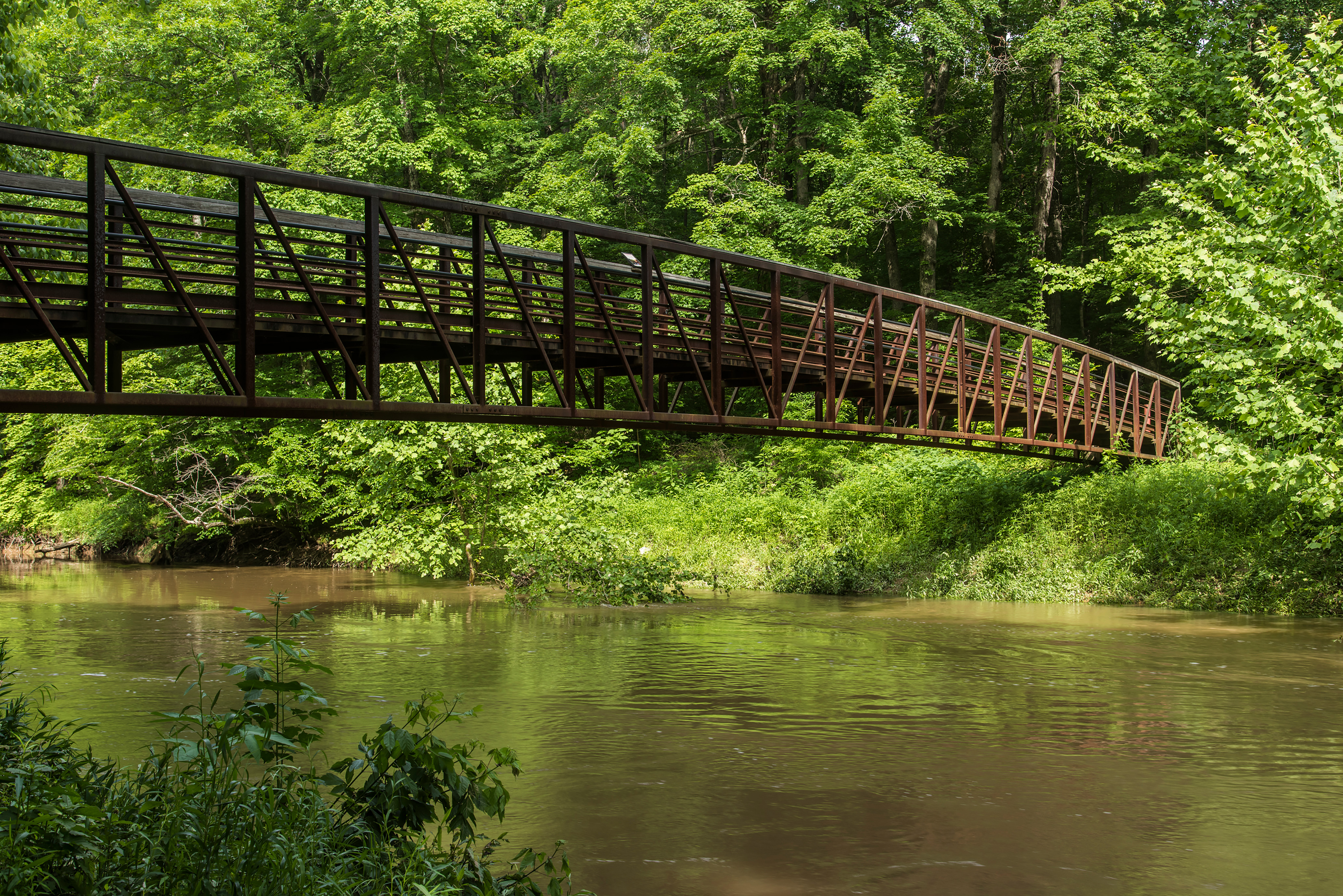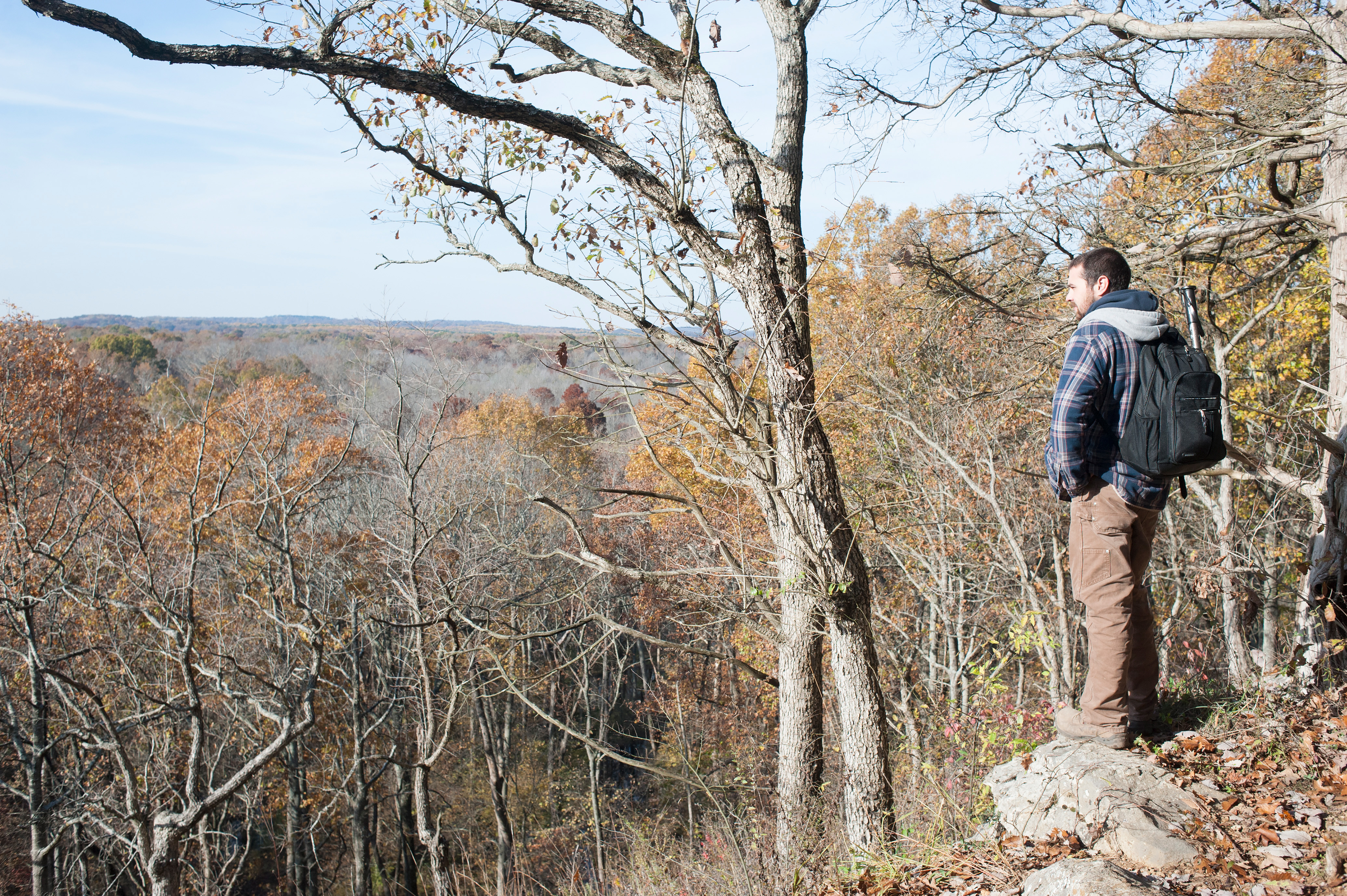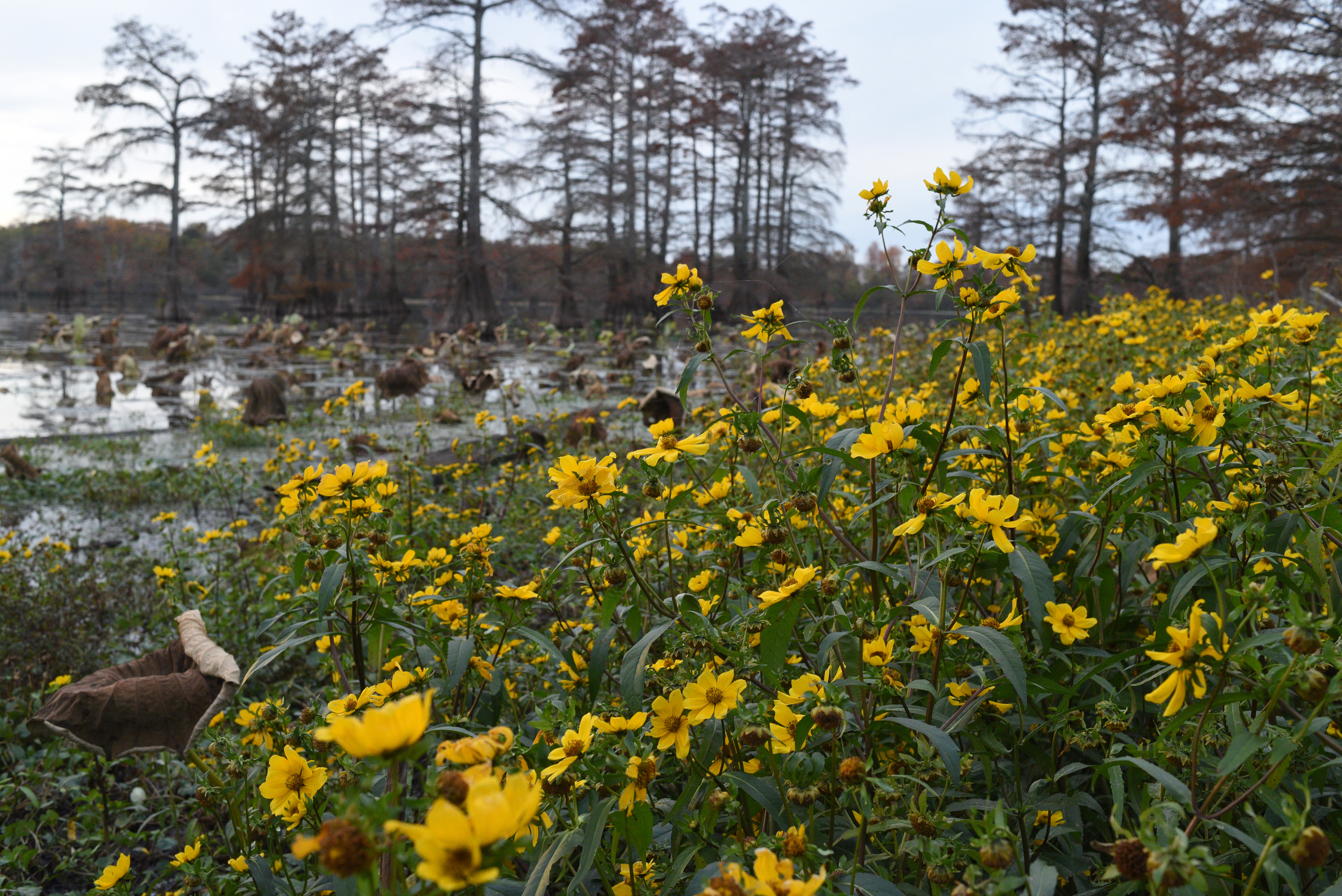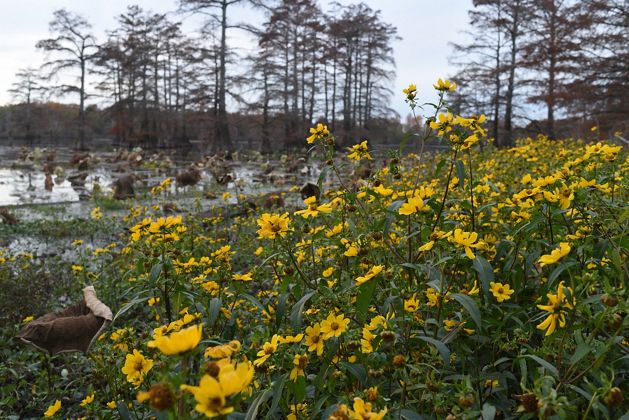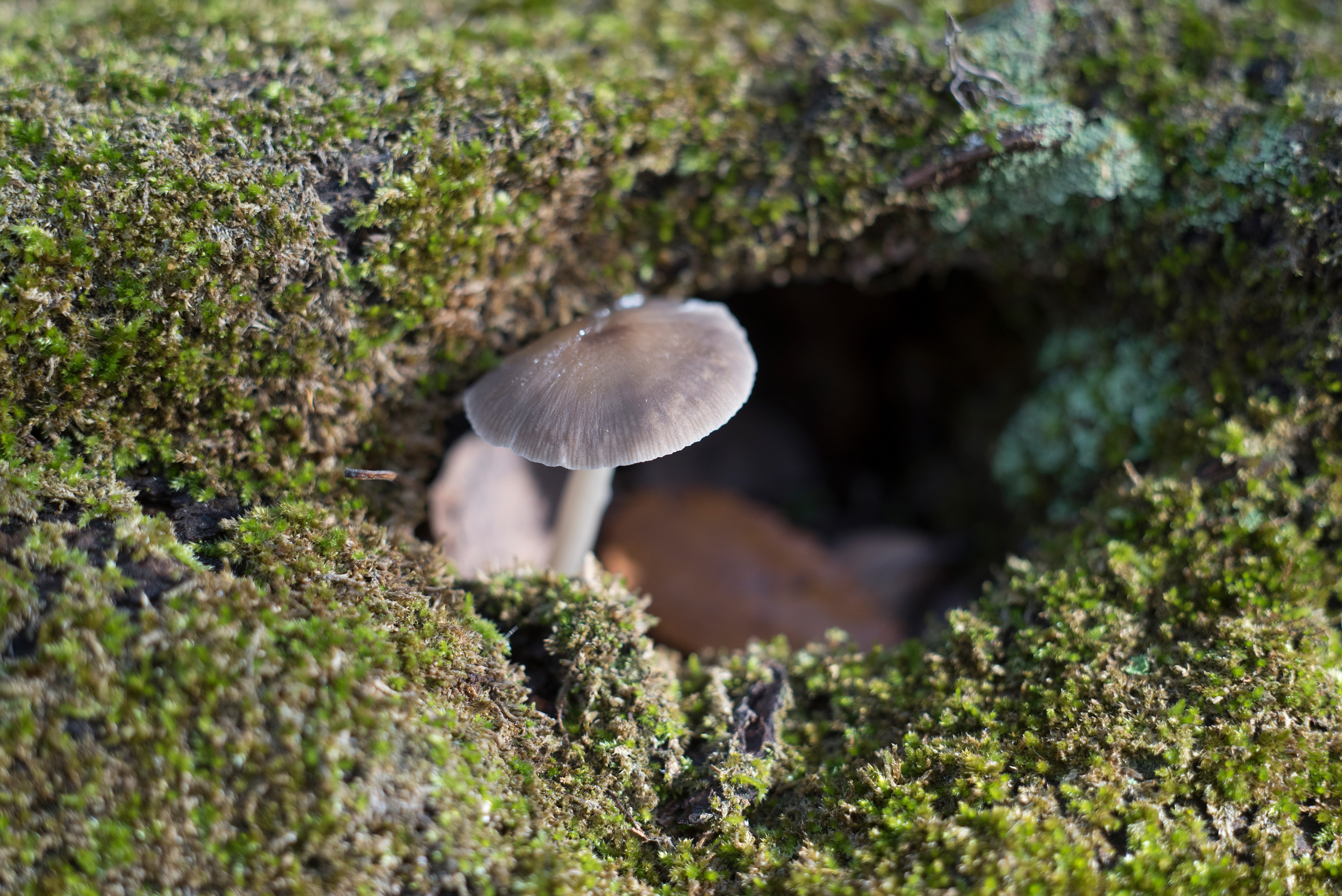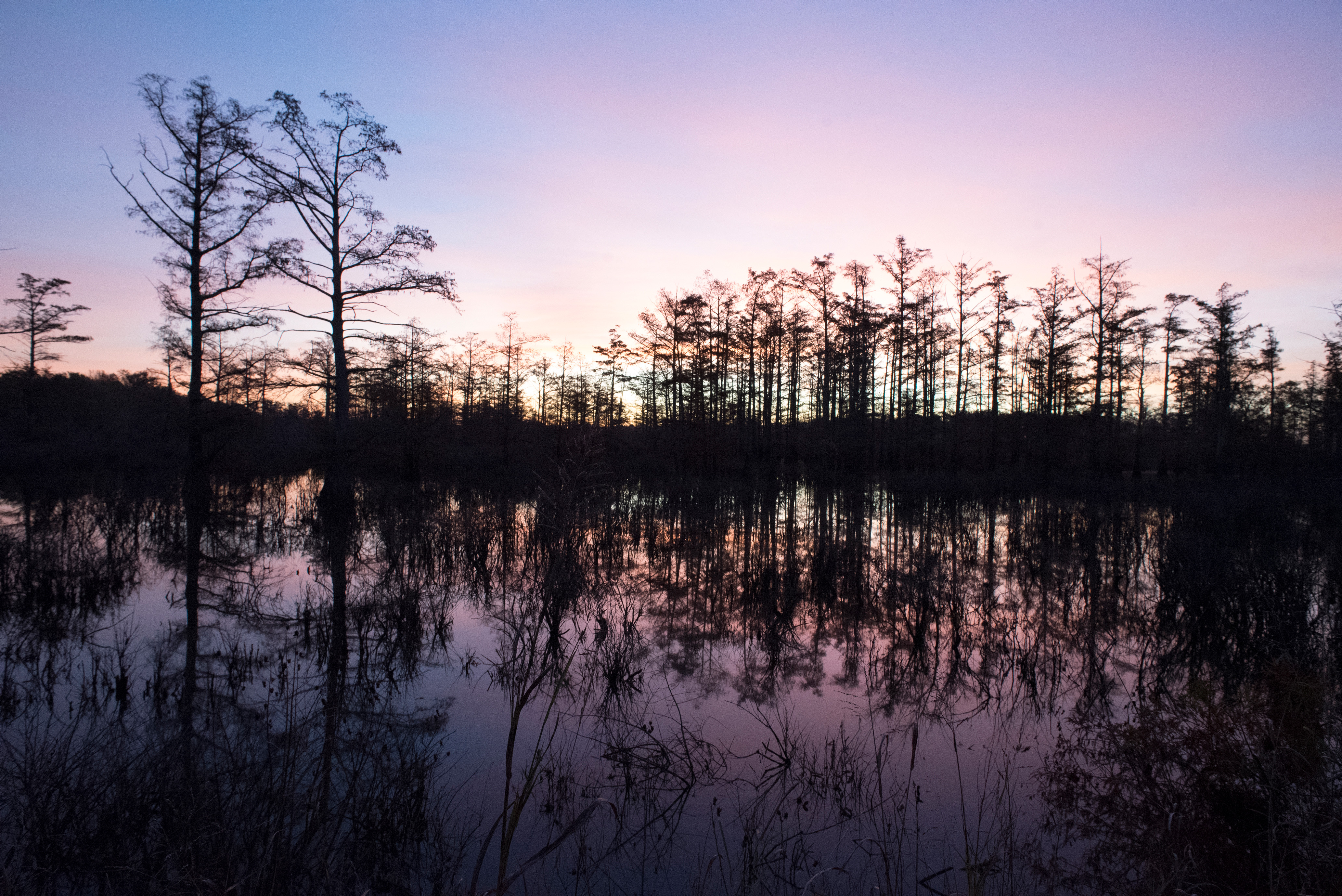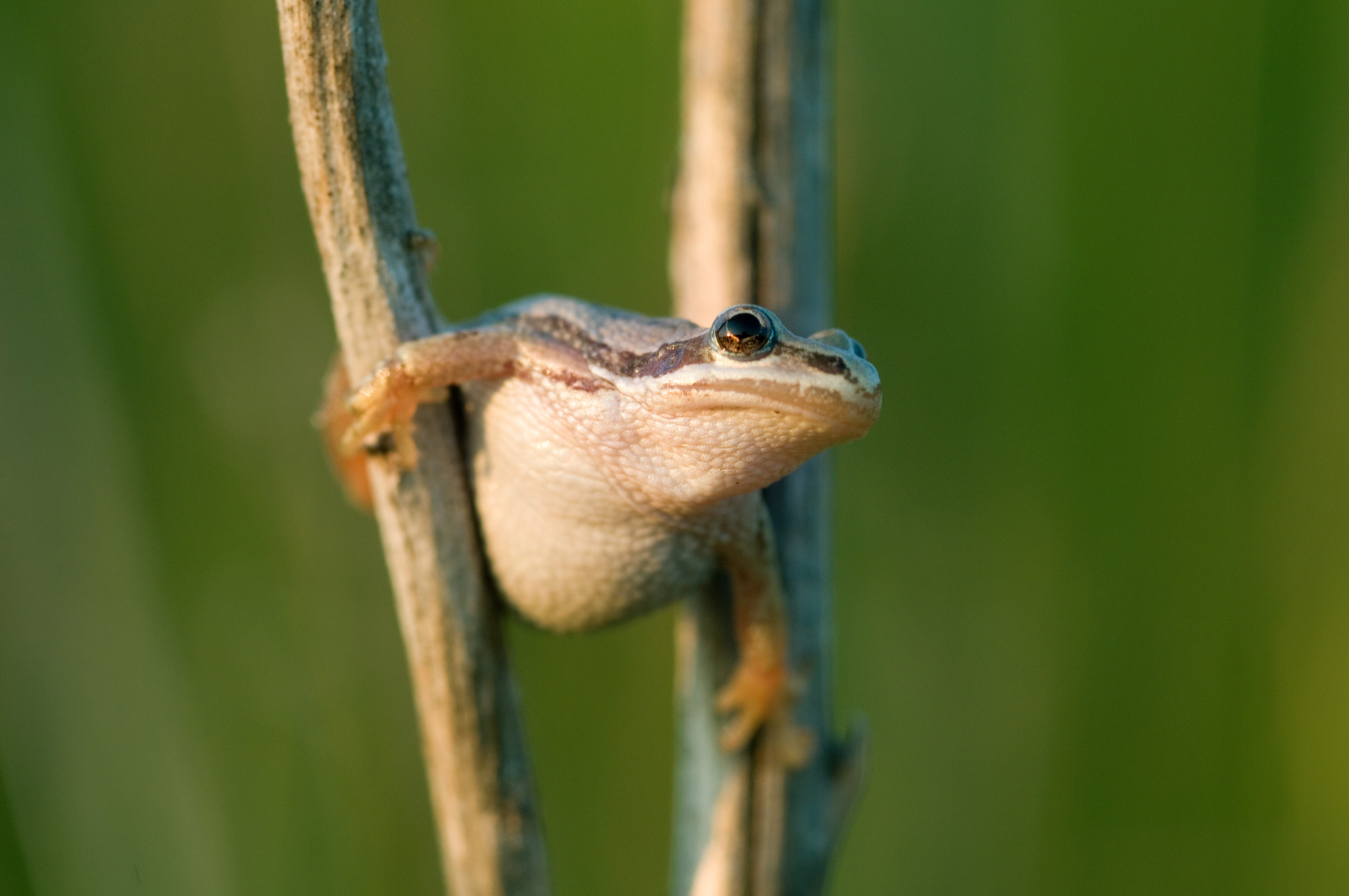Description
Throughout the Cache River Wetlands, in what is now more than 45,000 acres of protected land, cypress and tupelo swamps can be found, seeming to belong more to Louisiana than Illinois. Cypress trees that are more than a thousand years old raise their gnarled branches above the black waters here. The lower stretch of the river spreads out over the flat terrain of extreme southern Illinois and creates what early surveyors to the region described as “a drowned land.”
Because of their rich biological variety, the wetlands of the Cache River have been designated a “Wetland of International Importance.” This designation from the Ramsar Convention of the United Nations Educational, Scientific and Cultural Organization ranks the Cache River Wetlands with other important wetlands, such as the Florida Everglades.
